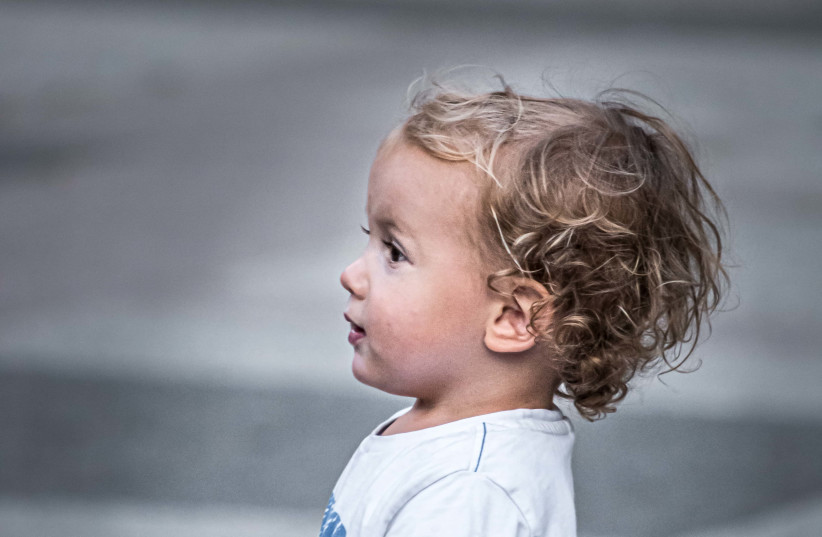How long have you waited for your baby to start moving on its own?
The heightened anticipation for parents is understandable since it is fun to find the baby moving from place to place, exploring and discovering all the interesting corners in the house.
However, crawling, for the most part, doesn’t just start in one day, and many babies go through several stages until they crawl "normally.” One of the earliest stages is "ventral crawling," which starts at six-to-nine months.
Babies will usually start to progress as they lay most of their body on a surface, and then gradually learn to balance on hands and knees, leading to a crawl.
Dorit Ben Meir, a diagnostician and therapist in holistic therapeutic sports, also a sleep consultant and an infant masseur, explained that a ventral crawl is a crawl in which the whole body is close to the ground, without lifting during movement.
Proper ventral crawling will occur when there is a separation of movement between the arms and legs — the progression of the opposite arm and leg. When a baby progresses in high-quality ventral crawling, the crawling on six will also be correct and of course, this will also have consequences for walking, running and even sitting in front of a table.
Is any asymmetric progression of the baby's crawling abnormally?
Not exactly. A baby who progresses in other ways actually compensates for an action that’s difficult to perform, which might show in how the body develops in adolescence. For example, a baby who’s currently advancing with one hand and the same foot at the same time may develop a body tilt as an adult.
How will you improve and promote proper your baby's belly-crawling?
Lead the movement and show baby the way. Use techniques of separation of movement, for example in the game "bicycle" - one hand up, one hand down and so on with the feet.
Note that not all babies will start crawling from the tummy, but if your baby is at this stage, place the emphasis on proper crawling for further optimal development. You can always perfect motor functions but remember that as the child grows he develops a fixation for mobility and behavior patterns, which will require both of you more time and resources to change.
This article was written in partnership with the JAMA parenting app.

